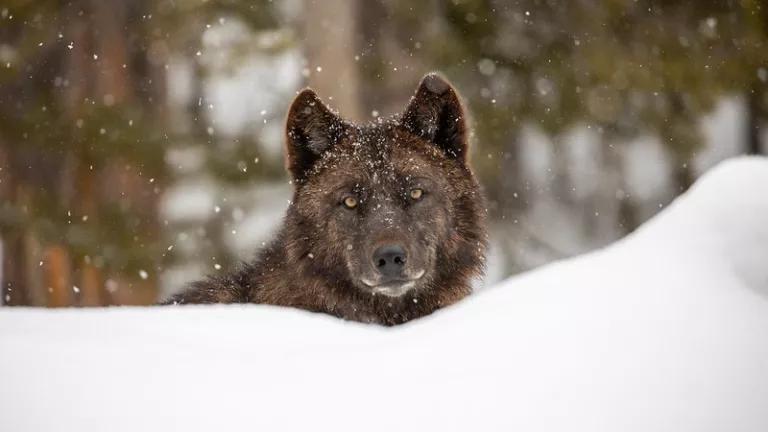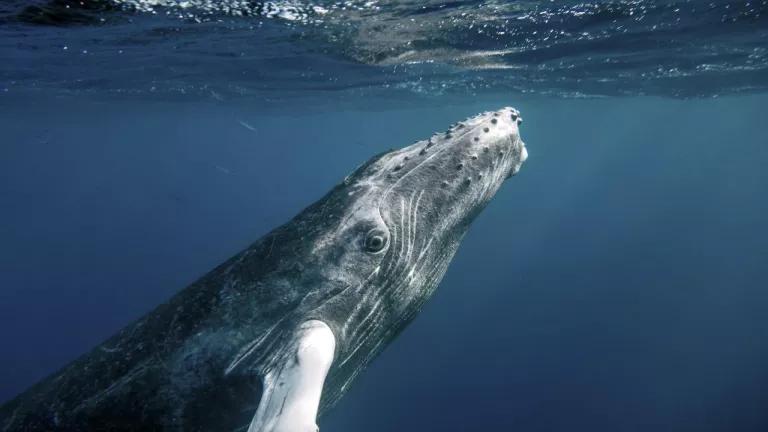
The U.S. Fish and Wildlife Service has withdrawn Endangered Species Act protections for gray wolves (with an exception for a rare subspecies of Mexican wolves in the Southwest). The decision announces the federal government’s intention to prematurely walk away from the species before its recovery and even before a complete national recovery plan, which the Endangered Species Act requires, has been put in place.
The gray wolf once roamed across two-thirds of the United States, where the predator played an important role in the ecosystems it inhabited. In the 1800s, worries over livestock loss—which can be prevented through nonlethal means—led the federal and state governments to launch wolf extermination programs. They were chillingly effective—by the mid-20th century, gray wolves had disappeared from 95 percent of their previous range, with only a small number clinging to survival in Minnesota and Michigan.
The gray wolf was among the first animals protected under the Endangered Species Act of 1973, but the plan to save the wolf has never been comprehensive. The government has focused its efforts only on the Northern Rockies, western Great Lakes, and the Southwest, and while wolf populations have seen some progress in those areas, declaring the job done is irrational—wolf populations are still absent from the majority of their range. Significant amounts of suitable habitat still exist in areas like California, the southern Rocky Mountains, and the Northeast.
In the decades since the gray wolf’s listing, the U.S. Fish and Wildlife Service has tried repeatedly to weaken or withdraw protections for the species. Each time the attempts have been ruled illegal. Now, the courts will again have to step in to protect this iconic North American predator.
Related Content

Fish and Wildlife Service Robs Gray Wolf of Endangered Species Protections

Wolves Without the ESA: A Post-Delisting Landscape
